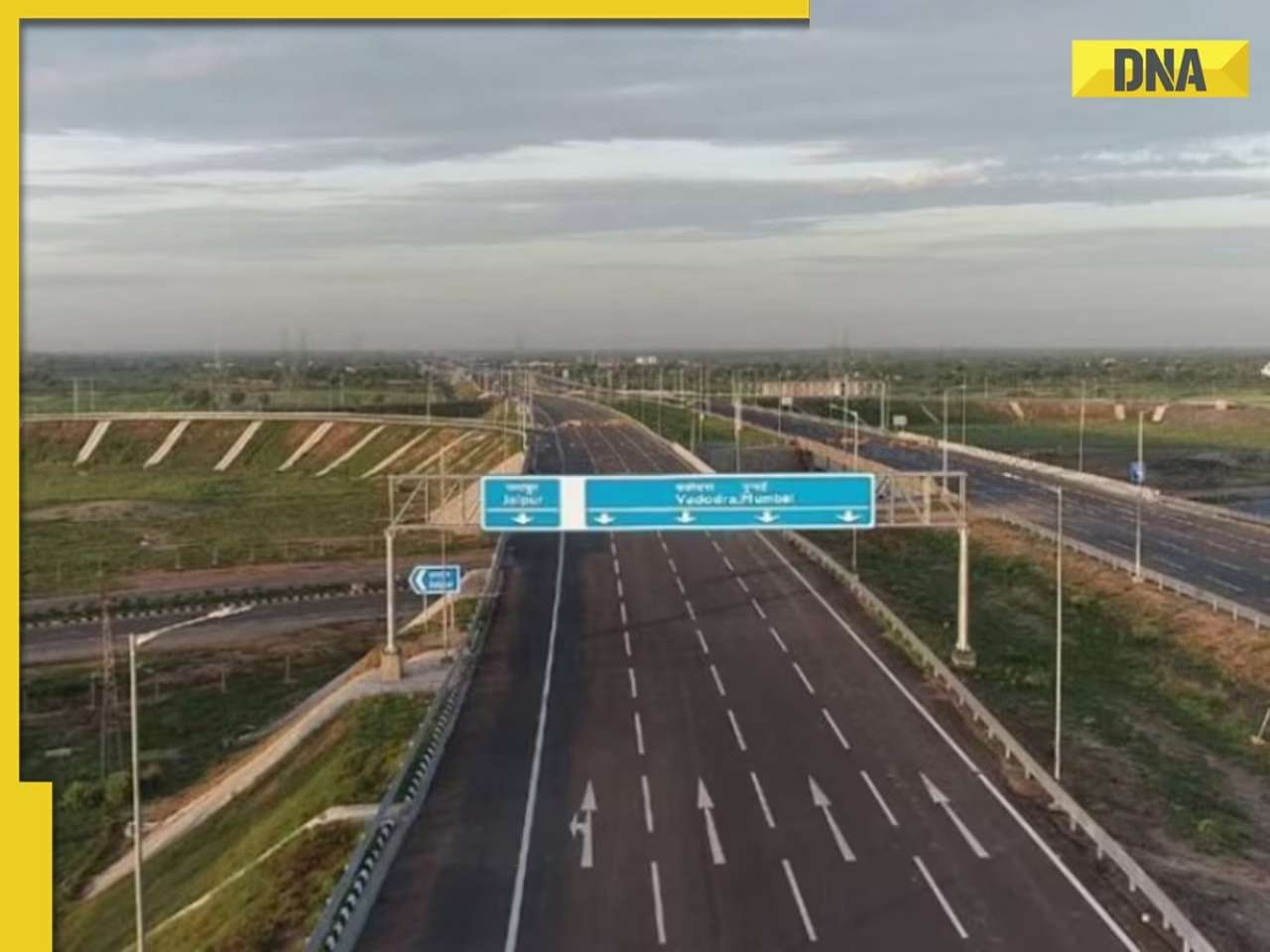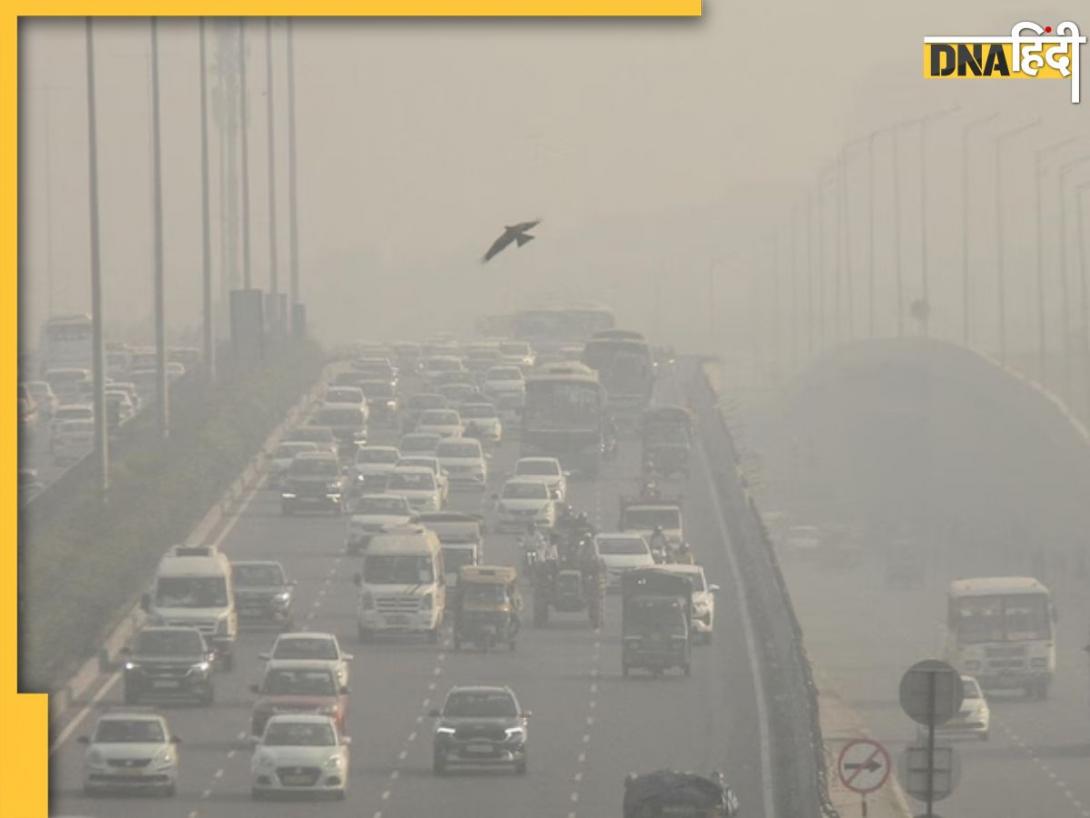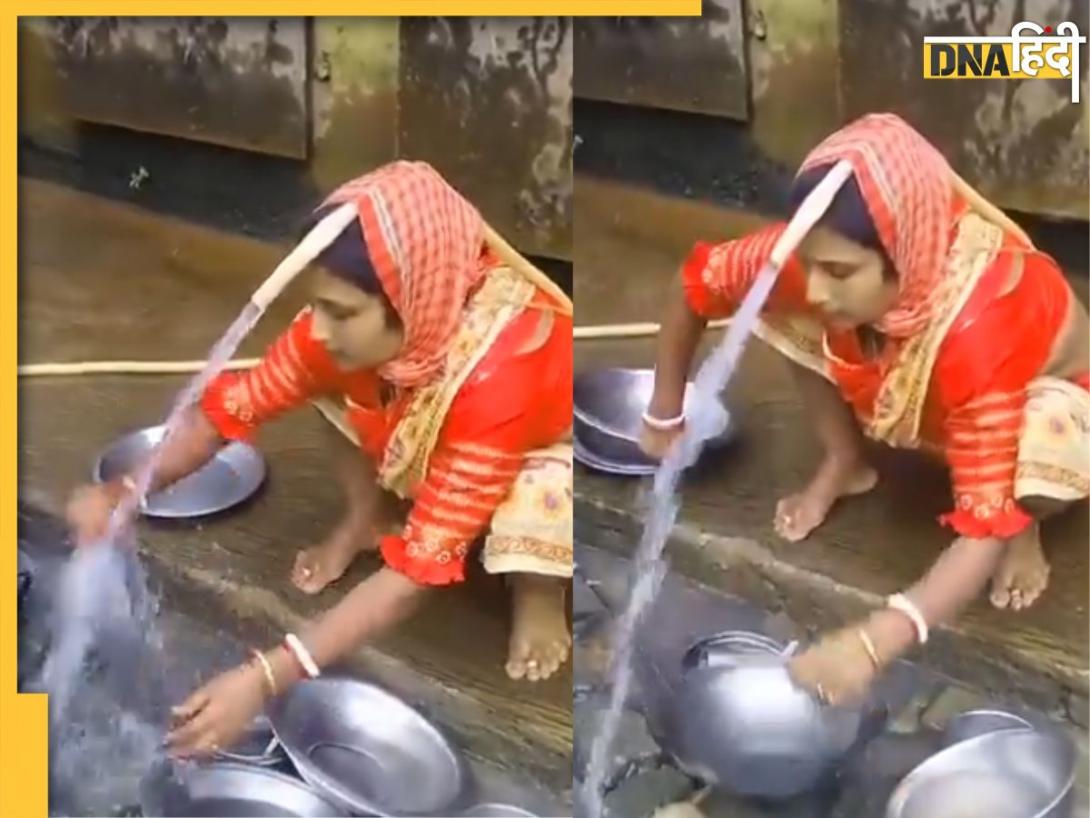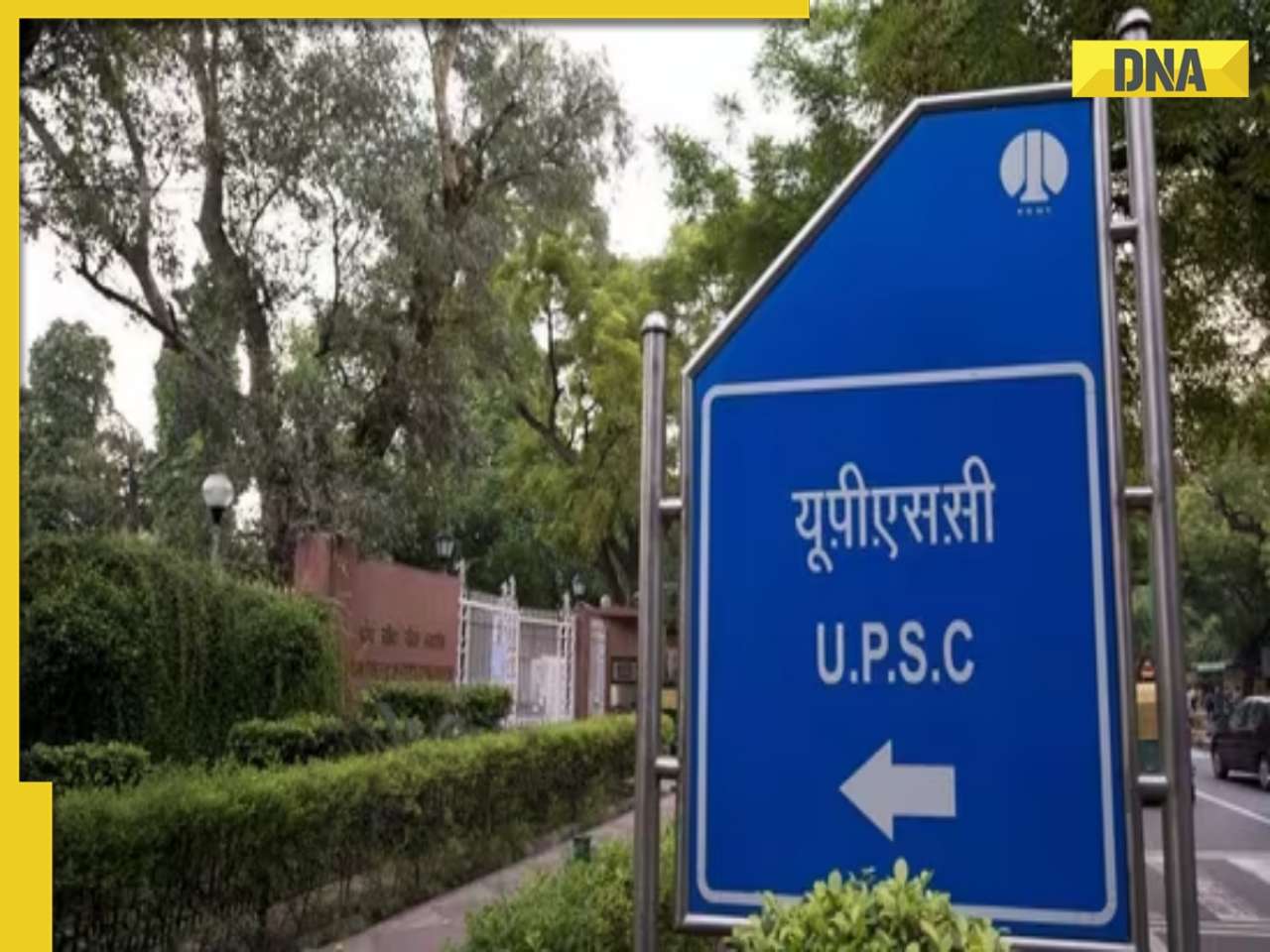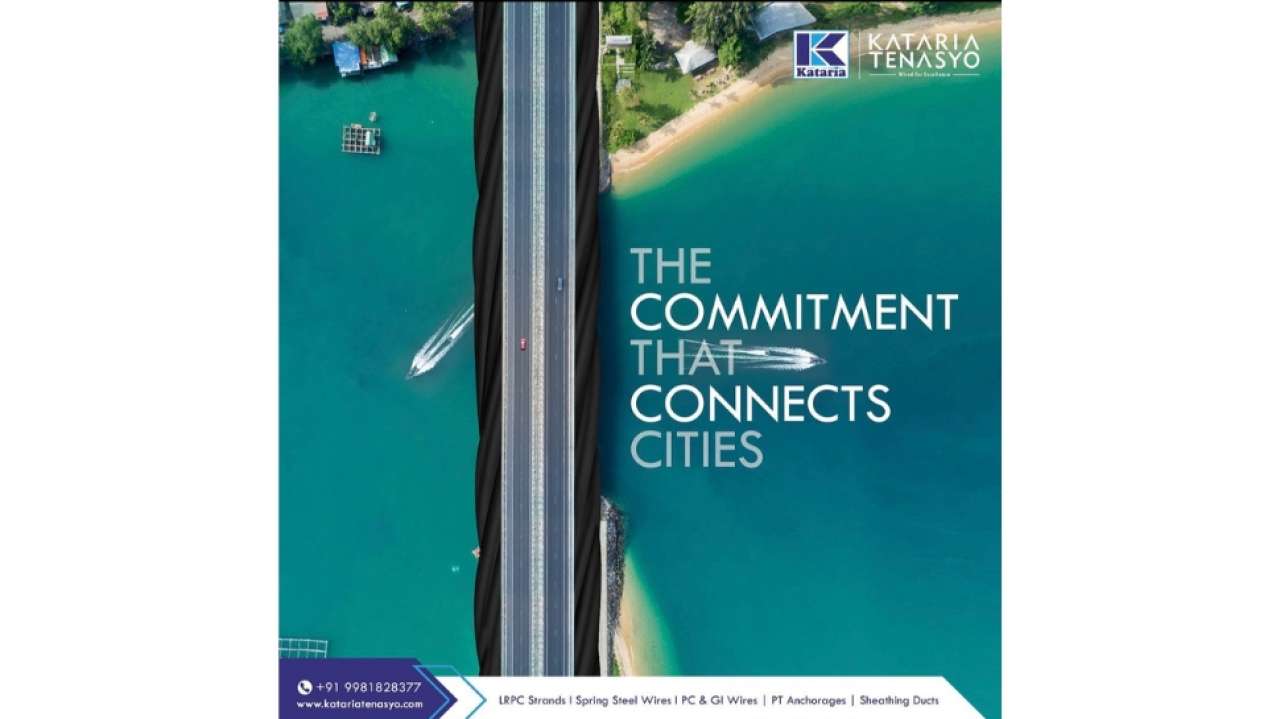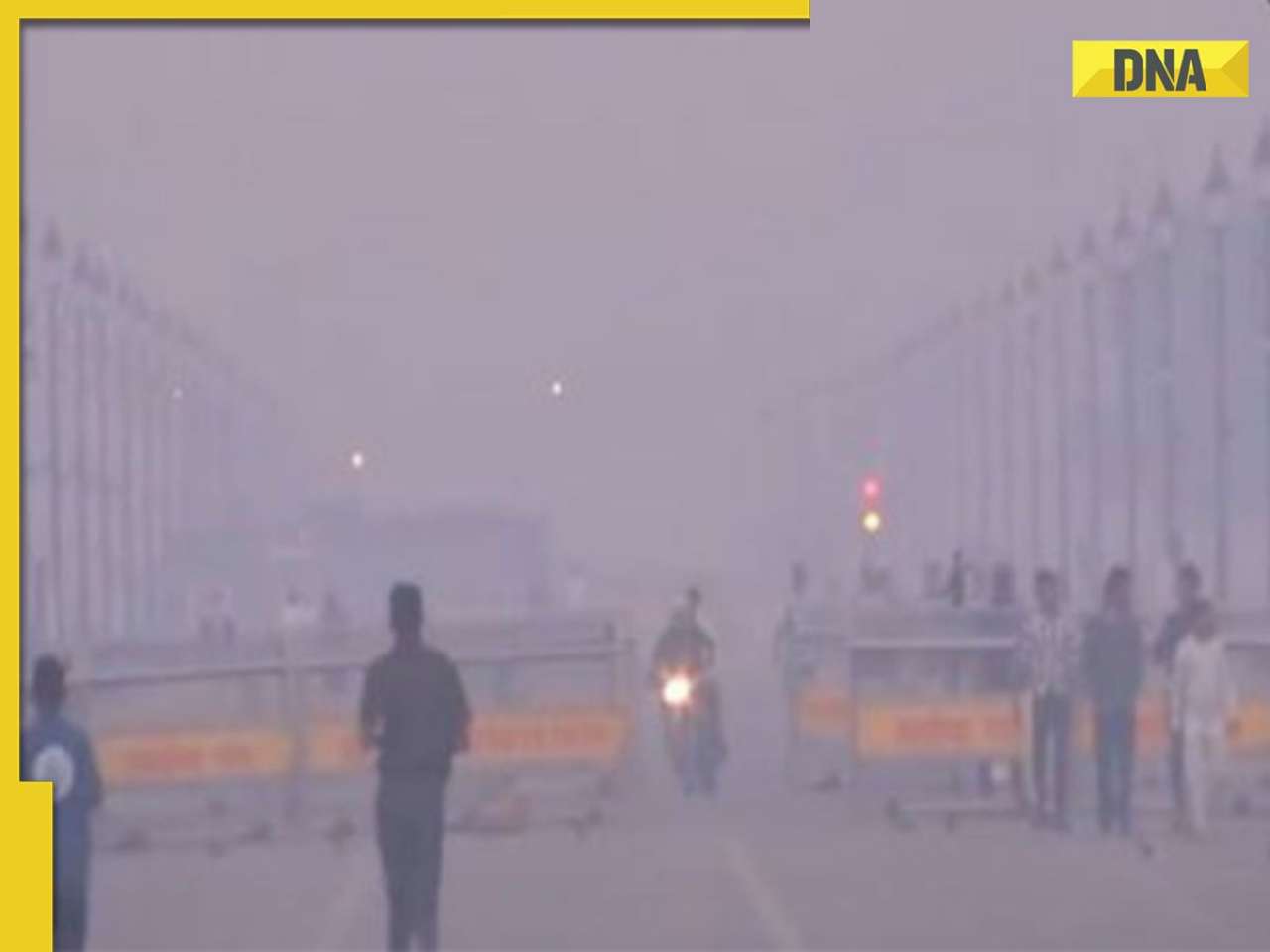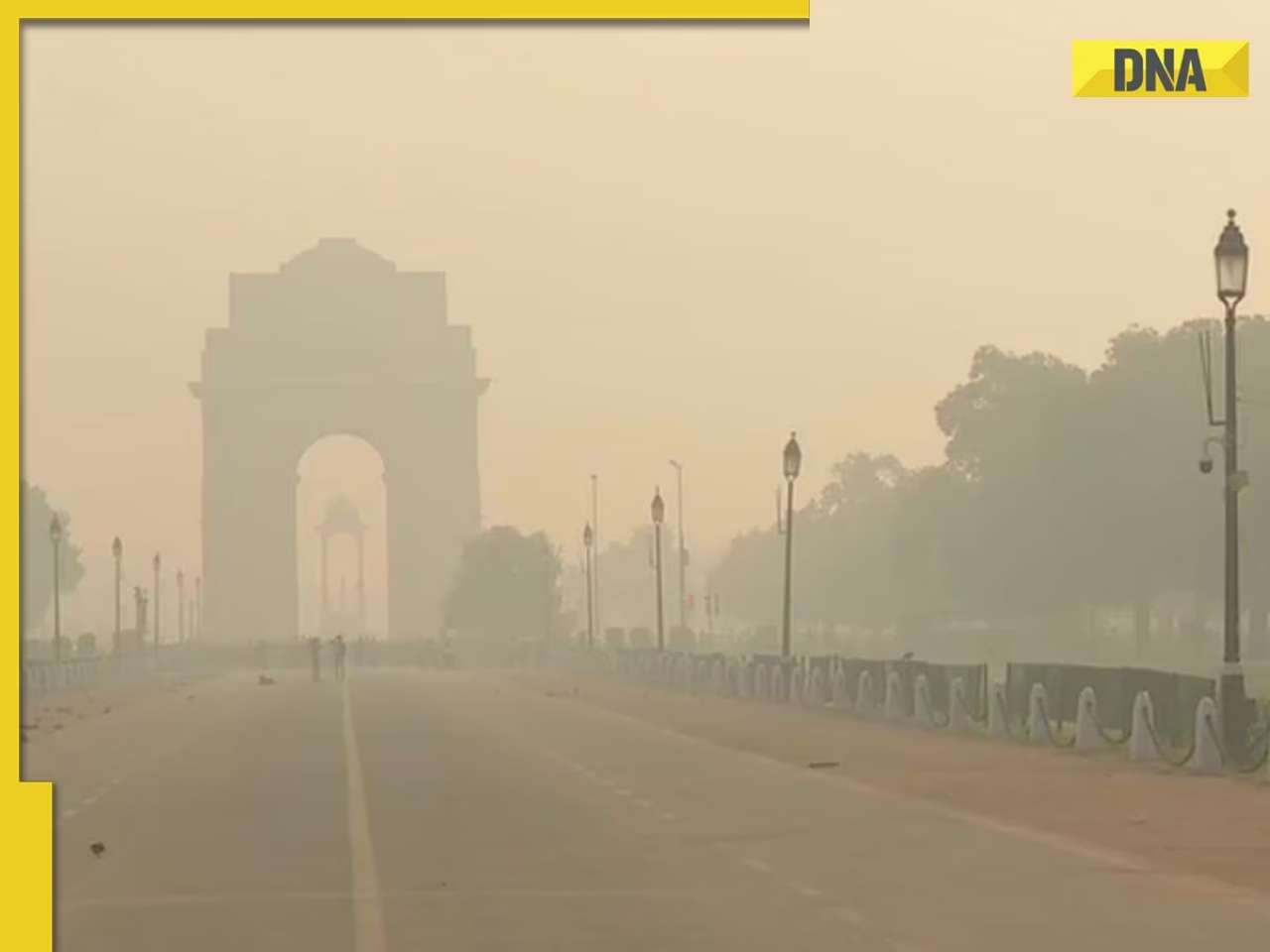- LATEST
- WEBSTORY
- TRENDING
INDIA
Cherrapunji still the wettest place on earth
Though Mawsynram has stolen Cherrapunji's thunder, the town still soaks in the glory.
TRENDING NOW
From February to October, 30-year-old Lavinia Lynrah’s children reach their classrooms almost entirely drenched. It’s not like they can’t help it; their umbrellas and raincoats just can’t withstand the incessant rains that lash the region, at times for 15-21 days.
Cherrapuni, 65km southwest of Shillong, was once believed to be the world’s wettest place before reports based on questionable meteorological inputs bestowed the honour upon Mawsynram village, which is situated 10km as the crow flies from the town.
Both town and village, separated by hills, are in Meghalaya’s East Khasi Hills district, which borders Bangladesh. But if the rainfall records maintained by the Guwahati-based Regional Meteorological Centre of the Indian Meteorological Department (IMD) are anything to go by, Cherrapunji, perhaps, retains its distinction as the wettest place in the world.
IMD data suggests that the traditional capital of a Khasi tribal chieftain received more rainfall than that of Mawsynram over the last few years.
“Mawsynram did receive excessive rainfall (not compared to Cherrapunji) in the last six to seven years but that doesn’t mean it is the wettest place. To declare that scientifically, you need long-term data. Climatological studies have not been done for Mawsynram because of non-availability of data of last 20 years,” said MK Gupta, IMD deputy director general.
From 2006-2010, the average annual rainfall recorded at Cherrapunjee was 873cm, 1,265cm, 1,141cm, 897cm and 1,347cm respectively compared to 795cm, 1,311cm, 1,082cm, 875cm and 1,159 cm at Mawsynram. In 2011 and 2012, the average annual rainfall recorded at Cherrapunjee was 1,147cm and 872cm.
The figures for Mawsynram during this time has ‘gaps’ as a part-time observatory set up there remained non-functional. Cherrapunjee, has a well-equipped departmental observatory.
Is Cherrapunjee the wettest place? “One cannot conclusively say if Mawsynram or Cherrapunjee is the world's wettest place.
There might be other villages in areas around that are receiving more rainfall. Unless we have rain-measuring gadgets everywhere, it is very difficult to pinpoint,” Gupta argued. Another meteorologist says that there has not been any major slide in the average annual rainfall at Cherrapunjee over the last few years.
“We can come to a conclusion only after scientific analysis of the data,” he said.
Splitting hair on wetness aside, what makes Cherrapunjee and Mawsynram attract rainfall more than anywhere else in South Asia?
Meteorologist Sunit Das said: “Winds blowing in from the Bay of Bengal toward Meghalaya drive the moisture up where it condenses, causing rainfall at the periphery of the ridge; the plains of Bangladesh begin where the slopes of the hills housing Mawsynram and Cherrapunjee end.
The funnel-shaped catchment opening to the south on either side of where Cherrapunjee and Mawsynram are located seems to increase the convergence in air rushing in from the Bay of Bengal.” The science behind the soaking is lost to the likes of Acacius Tding, a resident of Cherrapunjee’s Pdengshnong area.
“We don’t think of centimetres whenit rains. All we understand is it should keep raining here but the rate at which trees are being felled and the slopes scraped for limestone, we fear Cherrapunjee might get drier,” he said.
The IMD says significant changes in the rainfall pattern in the two places will take place only when there is a major drop in the flow of moisture from the Bay of Bengal.







)
)
)
)
)
)
)
)
)
)
)
)
)
)
)
)





